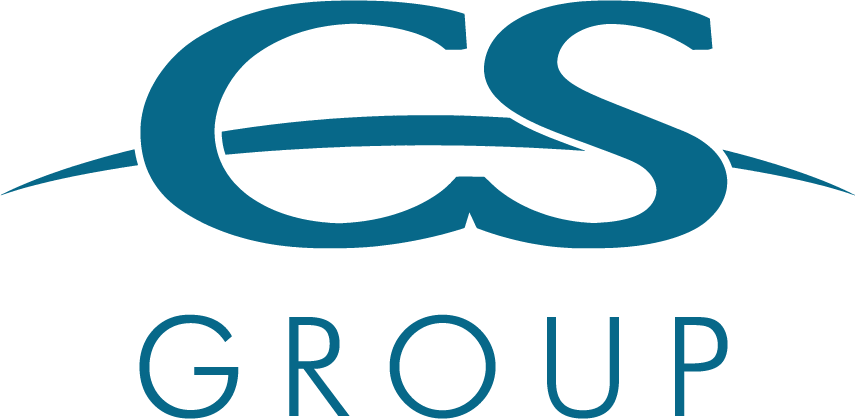CS GmbH has acquired sound knowledge in the following set of tools achieving several projects either for ESOC or EUMETSAT and is now able to provide a set of comprehensive solutions integrating those tools.
A brief description of each of them is provided below, should you need a more detailed description do not hesitate to contact us.
BEST is a framework to provide engineers, scientists and end-users with powerful tools covering the entire data life cycle, i.e. modelling, generation, simulation, editing, accessing, checking, processing, extracting, querying, post-processing… The framework is completed with SCRIBE (documentation generator from data models) and APIS (versioning and impact analysis of data models). Currently, the tools are intensively used at CNES and being deployed at EUMETSAT as the ICD framework.
EGOS is an initiative for standardizing ESOC infrastructure used for the missions development. CS GmbH is currently involved in the maintenance and support of several of them and gained a strong experience in:
SCOS is the heart of all ESA missions. SCOS provides means to monitor and control one or several spacecrafts. SCOS is part of the Miconys platform, which aims to integrate several ESOC systems tested together such as NIS, SCOS, SLE API, EDDS, … CS GmbH is in the maintenance of SCOS and of Miconys with talented experts to provide support to users. CS GmbH is as well involved in the next generation of SCOS, namely EGS-CC.
OREKIT is a low level space dynamics library written in Java, has gained  widespread recognition since it was released under an open source license in 2008. Orekit has been in development since 2002 inside CS and is still used and maintained by its dual teams of space dynamics and image processing experts. Learn more (https://www.orekit.org/)
widespread recognition since it was released under an open source license in 2008. Orekit has been in development since 2002 inside CS and is still used and maintained by its dual teams of space dynamics and image processing experts. Learn more (https://www.orekit.org/)
RUGGED is a geolocation library used for satellite imagery. It allows to map image coordinates (pixel, line) with geographic or projected coordinates (lon, lat or x, y, h) by computing the intersection of the sensor’s lines of sight with the Earth’s terrain. Rugged has been in development since 2014 inside CS and is still used and maintained by its dual teams of space dynamics and image processing experts. Learn more (https://www.orekit.org/rugged/)
OTB (ORFEO ToolBox) is an open source library distributed via the CNES, it encompass a set of algorithmic components, adapted to large remote sensing images, which allows capitalizing the methodological knowledge, and therefore using an incremental approach to benefit from the results of the research and development. Our experience allows CS to supply complete image processing chains. These can be entirely automatic or they can offer a set of tools that help users produce image-based information. CS is the main developer of ORFEO ToolBox and is thus ideally situated to respond to current geospatial intelligence and risk management challenges. The ORFEO ToolBox is a free software under license CeCILL.
GEOSTORM (GeoInformation & Image Processing) is a Geo-Information platform designed to store, process and distribute all kinds of geolocated and geolocateable data. GEOSTORM architecture uses cutting edge technologies to respond to range of requirements: data visualization (ergonomics), intensive data processing (parallelization), ease of use in operational settings, data integration, collaborative work (task sharing, data administration) and so on. Last but not least, because it has a process organization tool and can interconnect with specific professional tools (in particular ORFEO ToolBox, the open source image processing library also developed by CS), GEOSTORM makes it possible to organize, manage and collate large quantities of data.
OCTAVE is a platform providing basic services for control centers (processing, acquisition, visualization, sending TC, monitoring telemetry parameters …). It uses the description of the Telemetry (using an XML description (XIF), output of the tool BEST) to dynamically generate the software which decodes the data. OCTAVE architecture is modular and existing components are extendable for mission needs. Portability and interoperability are ensured through the use of several standards (XIF, CORBA, JAVA …). CS is deeply involved in the development and provides support and expertise to CNES.
